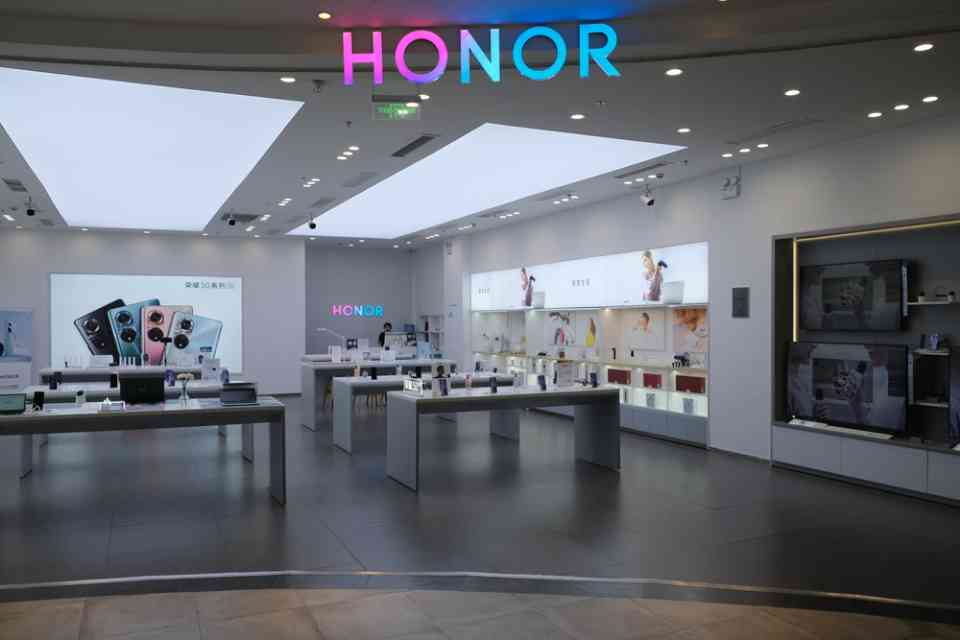Customer retention is essential for any successful business. It’s the only way to succeed in this customer-centric economy while ensuring long-term scalability. To keep customers, companies must improve the customer experience and ensure that their product or service continues to provide value.
The customer retention rate (CRR) is the percentage of customers you’ve kept for a given period. It’s a priceless metric, and with it, you can identify any issues and work to keep your customers satisfied in the long run. To avoid churn and collect the data needed to calculate your retention rate, you’ll need to keep a close eye on your customers as they progress through the customer journey.
Understanding value isn’t enough for businesses looking to improve customer retention. If a company wants to create a proper customer retention strategy, it needs a reliable metric to track and evaluate progress. For example, a monthly subscription-based SaaS business will have a very different retention rate than an accounting firm that does 90 percent of its business in one month of the year.
Calculating The Average Customer Retention Rate
Customer retention or user retention rate is used to track ongoing engagement and sales, allowing brands to understand better their ability to retain the customers they’ve worked so hard to gain. The average customer retention rate is the percentage of existing customers you maintain contact with to put this figure into perspective.
When determining the period to use when measuring retention, first consider your product’s typical repurchase cycle. Considering the time frame is the biggest challenge, not the retention formula.
Customer retention calculation formula:
- Subtract the total number of customers gained during the quarter from the total number.
- Divide the difference from the total number of customers at the start of the quarter.
- Then multiply the quotient by 100 to get the quarter’s retention rate.
- Add your quarterly retention rates at the end of the year and divide by four to get your average customer retention rate.
Benefits Of Customer Retention For Businesses
Here are a few reasons why customer retention is critical to your company’s success.
- Approximately 20% of your customers account for 80% of your sales.
- Repeat customers spend more money and make more transactions.
- Repeat customers bring in more business by referring others.
- Customer loyalty nurtures customer retention, and loyal customers promote word-of-mouth marketing, a highly effective way for existing customers to refer qualified leads.
- Existing customers can be reengaged to save time and money. Once a customer converts, all you have to do is entice them to convert again and again through engaging and entertaining content and experiences.
Effective Ways To Improve & Boost Your Customer Retention Rate
The following are a few valuable tips that help businesses improve their customer retention rate effectively:
Retain Customers With Smooth Onboarding Process
It’s all about first impressions. Most customers will return to their first experience with your brand after the initial excitement of receiving a new product or receiving a new service has worn off. They’re much more likely to stick around if it is positive.
A good onboarding process can help you achieve long-term success. It should be personalized, hands-on, and focused on reducing friction.
Keep Your Marketing Efforts Constant
Just because someone is a customer doesn’t mean you can stop marketing to them. You must stay top of mind in today’s market, where competition is fierce, and there is low loyalty.
You can accomplish this using a variety of techniques and strategies. Weekly email newsletters, social media contests, and producing high-value content are all viable options (like videos, podcasts, or downloadable PDF resources).
Prioritize a Positive Customer Experience
Companies can increase retention by focusing on providing a high-quality customer experience, which translates to delivering service exceeding their expectations. This can be accomplished by providing them with high-quality services or products that exceed their expectations.
This necessitates the organization’s genuine empathy for customer needs and providing services that customers did not even realize they required or required.
Reward Promoters & Loyal Customers
It’s critical to remember not to take your loyal customers for granted. Reward them for staying with you. If a customer doesn’t feel valued, it only takes one slip-up or a “better opportunity” with a competitor to convince them to leave.
When rates increase, you can reward loyalty by grandfathering in prices or sending bonuses and surprises to customers who place their tenth or twentieth order. If you measure customer loyalty by how long they’ve been with you, you might consider sending bonus gifts at key intervals like six months and a year. A loyalty program can also be established.
Create Customer Value Measurement Systems
Successful companies invest in enabling technology and develop systems for measuring customer value. Use design thinking to increase customer loyalty and organize your company around their needs. Employees, board members, and investors should all be involved in the continuous fine-tuning of processes to improve customers’ lives.
Conclusion
Customer retention isn’t something you can turn on and off at the highest levels of your company. Instead, it’s something you have to work on and improve personally constantly. Keep improving because it’s a continuous process. Every member of your team should strive to improve their ability to retain customers.

























































![Social Media Spring Cleaning [Infographic] Social Media Spring Cleaning [Infographic]](https://imgproxy.divecdn.com/9e7sW3TubFHM00yvXe5zvvbhAVriJiGqS8xmVFLPC6s/g:ce/rs:fit:770:435/Z3M6Ly9kaXZlc2l0ZS1zdG9yYWdlL2RpdmVpbWFnZS9zb2NpYWxfc3ByaW5nX2NsZWFuaW5nMi5wbmc=.webp)
![5 Ways to Improve Your LinkedIn Marketing Efforts in 2025 [Infographic] 5 Ways to Improve Your LinkedIn Marketing Efforts in 2025 [Infographic]](https://imgproxy.divecdn.com/Hv-m77iIkXSAtB3IEwA3XAuouMwkZApIeDGDnLy5Yhs/g:ce/rs:fit:770:435/Z3M6Ly9kaXZlc2l0ZS1zdG9yYWdlL2RpdmVpbWFnZS9saW5rZWRpbl9zdHJhdGVneV9pbmZvMi5wbmc=.webp)











